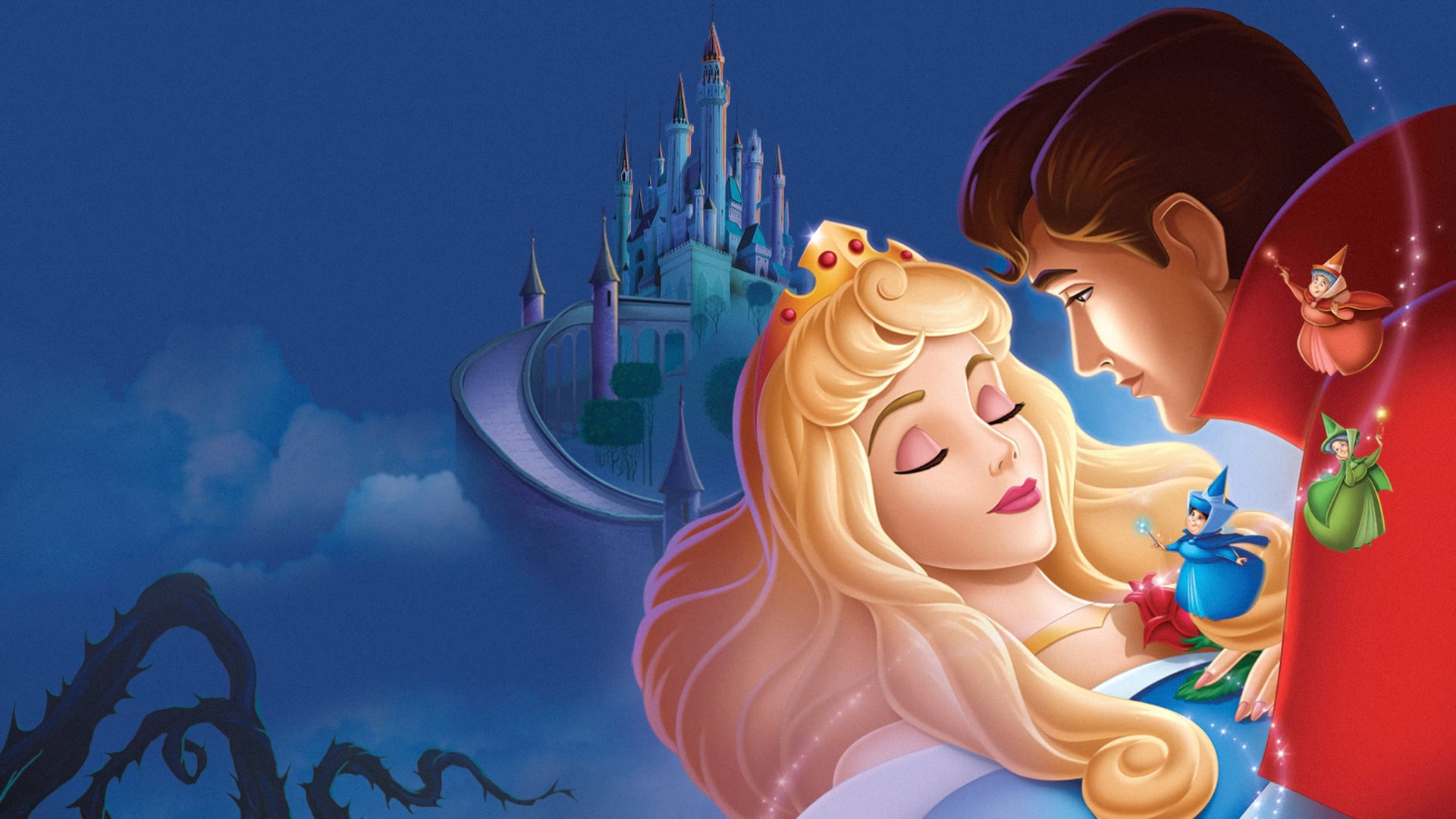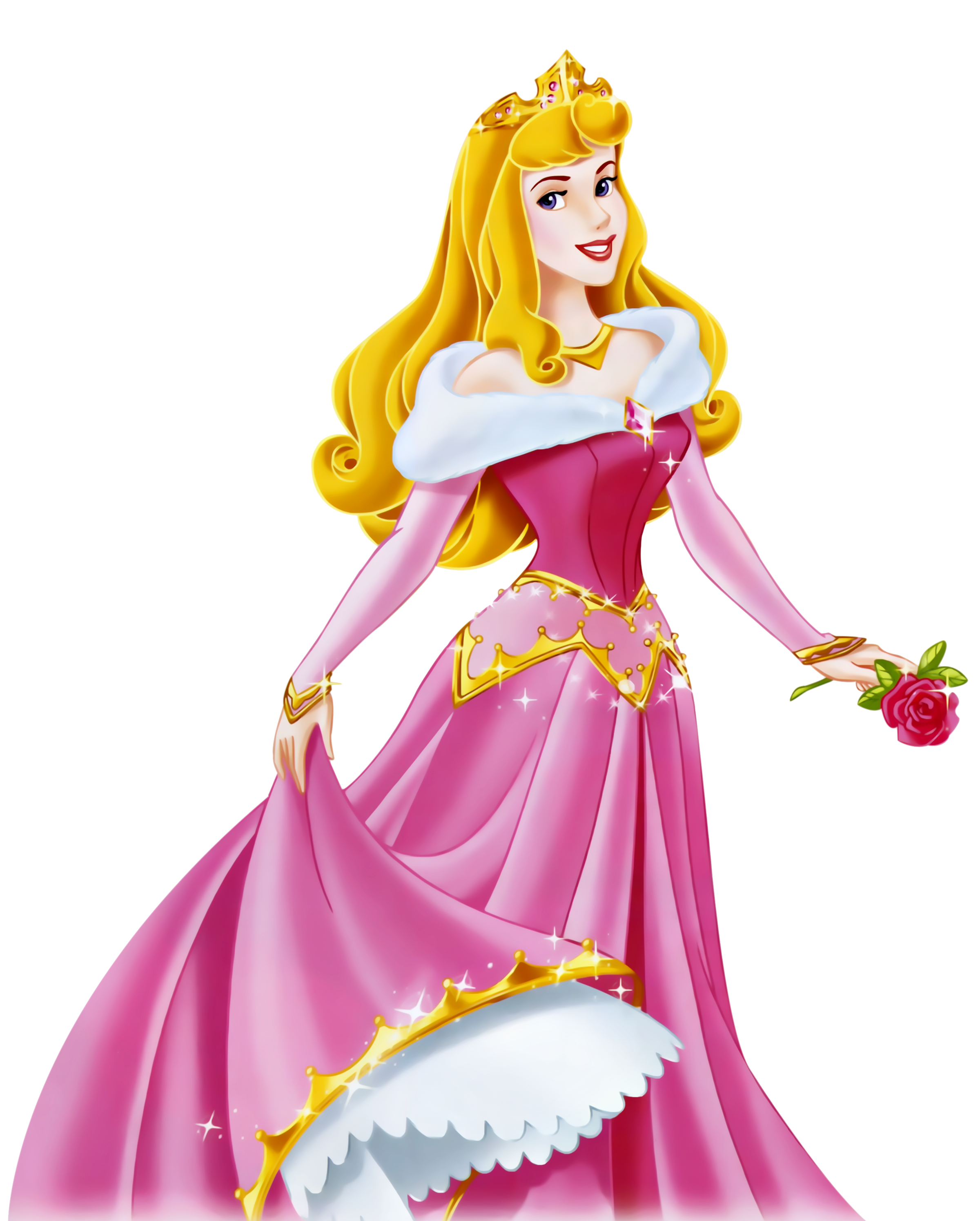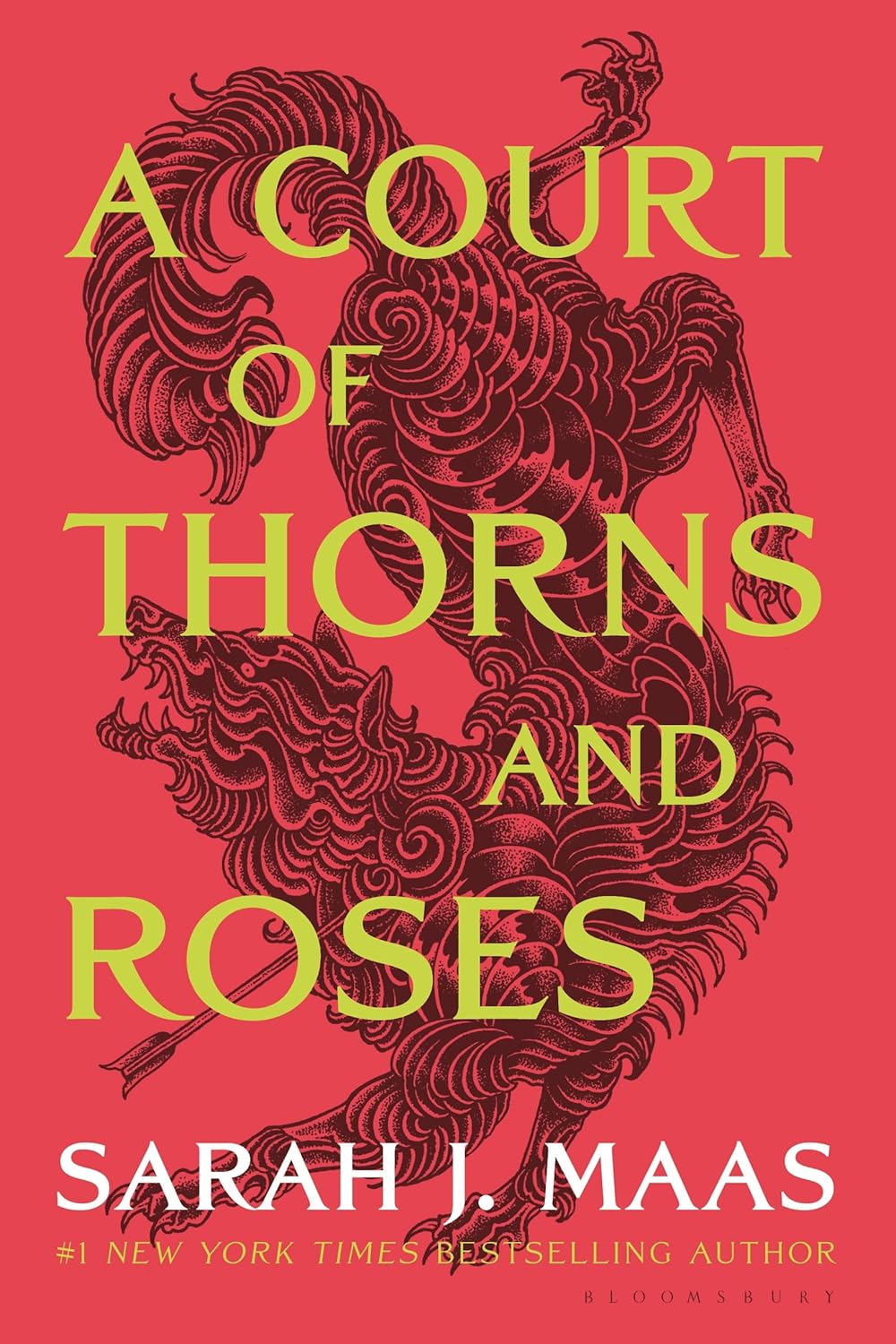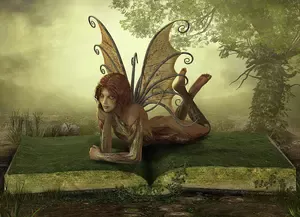- Home
- Fairy Blog
- Fairy Cakes
- Fairy Quotes
- Safety Dance
- The Flower Fairies Books
- What is a Fairy?
- Are Fairies Real?
- Elemental Fairies
- Faeries
- What are the Fae?
- Fae Fantasy Books
- Fairy History
- Origin of Fairies
- Fairies in Folklore
- Pixies
- Pixie Fairy Differences
- Gothic Fairies
- Tooth Fairy
- Fairy Festivals
- Fairy Gardens
- Fairy Garden Accessories
- Fairy Forests
- Fairy Poems
- Fairy Tales
- Fairy Tale Origins
- Classic Fairy Tales
- 24 Fairy Tales
- Fairy Tales around the World
- About Fantasy Creatures
- Dragons
- Dwarves
- Elves
- Gnomes
- Leprechauns
- Mermaids
- Unicorns
- Fairy Face Painting
- Free Fairy Art
- Fairy Coloring Pages
- Fairy Crafts For Kids
- Chinese Dragon Art
- How to Draw a Dragon
- Chinese Dragon Drawing
- Dragon Coloring Pages
- Fairy Tattoo Ideas
- About Us
- Contact Us
- Disclaimer
- Privacy Policy
Real Story of
Sleeping Beauty
The Real Story of Sleeping Beauty is a classic fairy tale with ancient origins, existing in various forms across different times and countries.
The earliest known version of Sleeping Beauty can be traced back to the story "Perceforest," a French romance first printed in 1528, but the story itself is believed to date back to the 14th century.
The relevant story from "Perceforest" involves Zellandine, a princess, who falls in love with a knight named Troylus. However, before they can marry, Troylus must leave for a nine-year war. During his absence, Zellandine falls into an enchanted sleep. When Troylus returns, he finds Zellandine asleep and is unable to wake her.

Amazon Audible Promo
With Amazon Audible’s holiday promo ($0.99/month for 3 months) and the release of Harry Potter: The Full-Cast Audio Editions, there's never been a better time to join.
The Real Story Of Sleeping Beauty
The story progresses in a similar manner to Giambattista Basile's "Sun, Moon, and Talia," where Troylus impregnates the sleeping Zellandine. She gives birth to a child while still asleep, and only awakens when a piece of flax, which caused her sleep, is sucked from her finger by her child.
While this tale doesn't involve the familiar elements of a vengeful fairy or the kiss of true love that we see in later iterations, the theme of an enchanted sleep and the princess being awakened indirectly by her child are significant components in the evolution of the Sleeping Beauty story. This highlights the story's change over the centuries, adopting different cultural, moral, and social aspects along its journey.
Italian Giambattista Basile has a version of Sleeping Beauty, named "Sun, Moon, and Talia," in his 1634 work "Pentamerone," which contains some of the earliest versions of famous fairy tales.
In Basile's "Sun, Moon, and Talia," a great lord has a daughter, Talia, who falls into a deep sleep after getting a splinter of flax under her fingernail. The lord, believing his daughter to be dead, abandons the estate in grief.
Some time later, a king is hunting nearby and finds the abandoned estate. He explores it and discovers Talia asleep. Unable to wake her, the king has his way with her unconscious body and leaves. Talia becomes pregnant and gives birth to twins, named Sun and Moon, while still asleep. She only awakens when one of her children suckles the splinter from her finger.
Eventually, the king remembers Talia and visits her again, finding her awake and with his two children. They fall in love, but the king is already married. His jealous wife learns of Talia and the twins and orders them to be killed and cooked into a meal for the king. Her plan is thwarted by the cook, who hides the children and serves the queen goat meat instead.
The queen then attempts to have Talia burned alive, but the king discovers the plan, orders his wife executed, and marries Talia. They live happily ever after.
As can be seen, this earliest known version of the Sleeping Beauty tale has many dark elements that were softened or removed in subsequent re-tellings, such as Charles Perrault's "The Sleeping Beauty" and the Grimm Brothers' "Little Briar Rose," which became the basis for the story as it is known today.
The Real Story of Sleeping Beauty is a classic fairy tale, existing in various forms across different cultures. However, the most well-known versions in the West come from Charles Perrault's "La Belle au bois dormant" (The Sleeping Beauty in the Wood) and the Brothers Grimm's "Little Briar Rose."
Charles Perrault's Real Story of Sleeping Beauty

In 1697, A king and queen, having been childless for many years, are blessed with a daughter. They hold a grand christening, inviting seven fairies as godmothers. Each fairy gives the princess a gift.
However, an old fairy, overlooked due to her age and thought to be either dead or enchanted, appears and curses the princess to die by pricking her finger on the spindle of a spinning wheel on her sixteenth birthday. One of the younger fairies, who hasn't given her gift yet, manages to alter the curse: instead of dying, the princess will fall into a deep sleep for a hundred years, to be awakened by a prince's kiss.
The king tries to prevent the curse by ordering all spindles in the kingdom destroyed. However, on the princess's sixteenth birthday, she finds an old woman spinning in a tower. Curious, she touches the spindle, pricks her finger, and falls into a deep sleep. The same fairy who altered the curse puts the entire kingdom to sleep and covers the castle with thorny bushes to protect them.
The Real Story of Sleeping Beauty tells us that a hundred years later, a prince braves the thorny bushes, reaches the castle, and awakens the princess with a kiss. They marry, have two children, and live happily until the prince's mother, who is of ogre lineage, attempts to eat the princess and her children. The prince's father intervenes, and the ogre mother-in-law kills herself. The prince, princess, and their children then live happily ever after.
The Real Story of Sleeping Beauty
by The Grimm Brothers
The Grimm Brothers' version (1812), "Little Briar Rose," is somewhat simpler:
In their tale, a king and queen have a beautiful daughter, whom they name Briar Rose. At her christening, an uninvited wicked fairy curses Briar Rose to die when she pricks her finger on a spinning wheel on her fifteenth birthday. One of the invited fairies mitigates the curse, changing death to a deep sleep.
On her fifteenth birthday, Briar Rose finds an old woman spinning in a tower, pricks her finger, and falls into a deep sleep. The same fairy puts everyone else in the castle to sleep, and a thorny hedge grows around the castle. After many princes fail to penetrate the thorns, one finally makes it through after many years, finds Briar Rose, and awakens her with a kiss. They marry, and everyone in the castle wakes up.
A Sleeping Beauty Ballet
Tchaikovsky's "Sleeping Beauty" Ballet (1890): This is a musical interpretation of the story with a libretto by Ivan Vsevolozhsky and Marius Petipa, following the plot of Perrault's tale. In this ballet, Princess Aurora is cursed by the wicked fairy Carabosse, and saved by the Lilac Fairy, who mitigates the curse. A hundred years later, Prince Désiré awakens Aurora with a kiss. The ballet ends with a grand wedding attended by several fairy-tale characters.
Sleeping Beauty - Disney Versions

Later versions, including Walt Disney's animated film, have further popularized and softened the story. In the Disney version, the princess is named Aurora, but she is also named Briar Rose when she is hidden away in the forest by three good fairies. The wicked fairy, named Maleficent, curses her in a similar way, but it's Prince Phillip who battles Maleficent in her dragon form and awakens Aurora with "true love's kiss."
Disney's "Sleeping Beauty" (1959): In this classic animated film, the princess (named Aurora) is cursed by the wicked fairy Maleficent to die on her sixteenth birthday.
The good fairy Merryweather softens the curse to a deep sleep that can be broken by true love's kiss. Aurora is hidden in the woods and renamed Briar Rose to protect her.However, she still pricks her finger and falls asleep. Prince Phillip, who fell in love with her in the forest, fights Maleficent in her dragon form, and awakens Aurora with a kiss.
Disney's "Maleficent" (2014): This live-action film retells the story from the perspective of the villain, Maleficent. It explores her motivations for cursing Aurora and paints a more sympathetic picture of her character. In a twist, it's Maleficent's kiss of genuine love for Aurora, not Prince Phillip's, that breaks the spell.
These adaptations reflect the tale's enduring appeal and how each retelling can highlight different themes or characters to suit the times and the intended audience.
Read more about the Sleeping Beauty characters here.
Book of the Month
The Best Selling Fae Fantasy Book! A great Christmas gift!
CLICK HERE for more information and best price!
Recent Articles
-
Fae Fantasy Books - where love can be both thrilling and terrifying!
Nov 22, 25 02:34 AM
Fae Fantasy Books - explore new aspects of what it means to be human in a world where magic and immortal beings exist! A perfect blend of danger and allure! -
Water Fairies: Meet the Mystical Undines of the Waters
Nov 19, 25 02:45 AM
Water fairies, often called undines, are enchanting magical beings deeply connected to the element of water. These spirits appear in folklore and fairy tales -
Earth fairies are elemental beings connected to the earth element.
Nov 19, 25 02:34 AM
Earth fairies, also known as gnomes, are elemental beings deeply connected to the earth element. They have rich roots in folklore, mythology, and fairy tales




